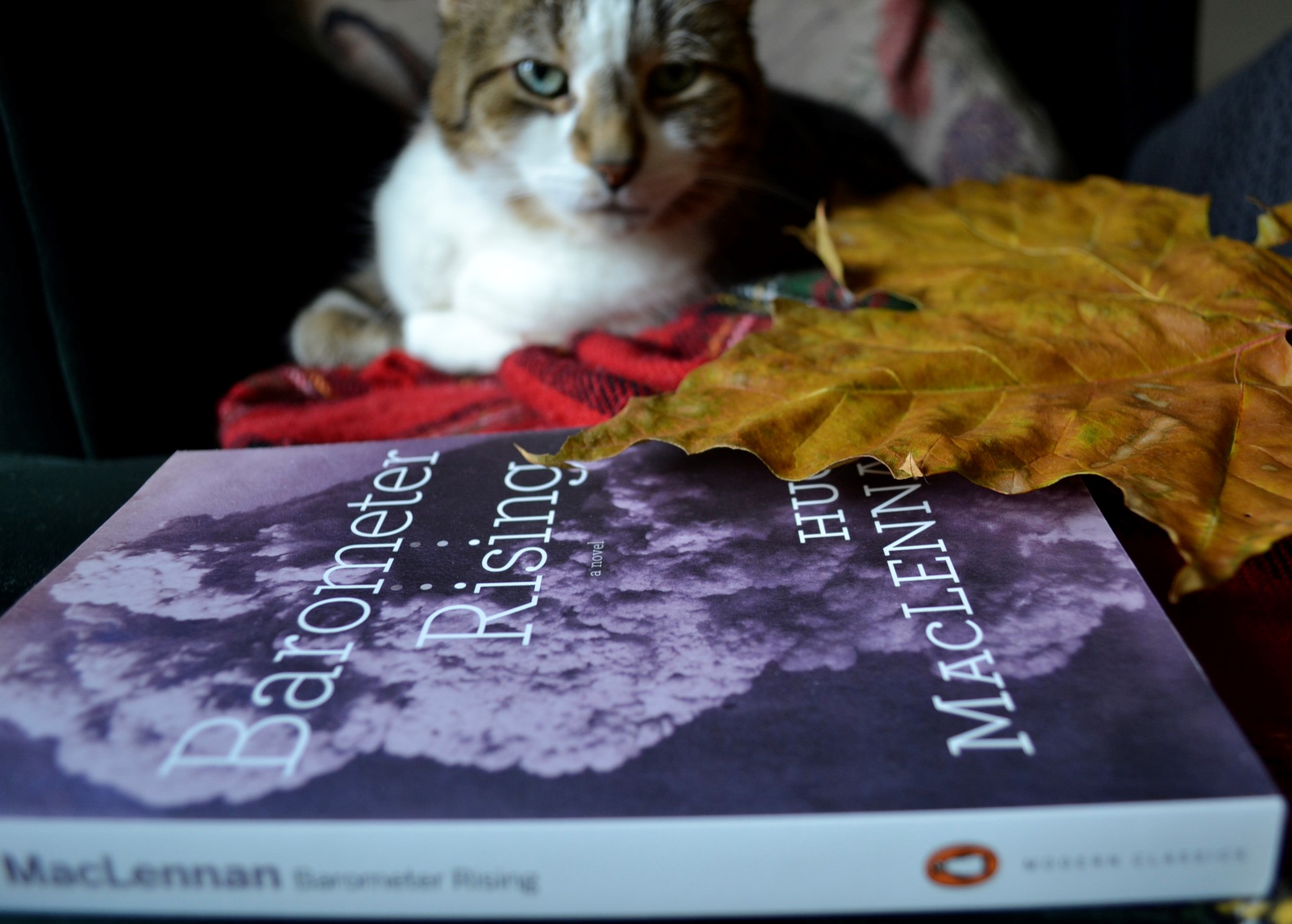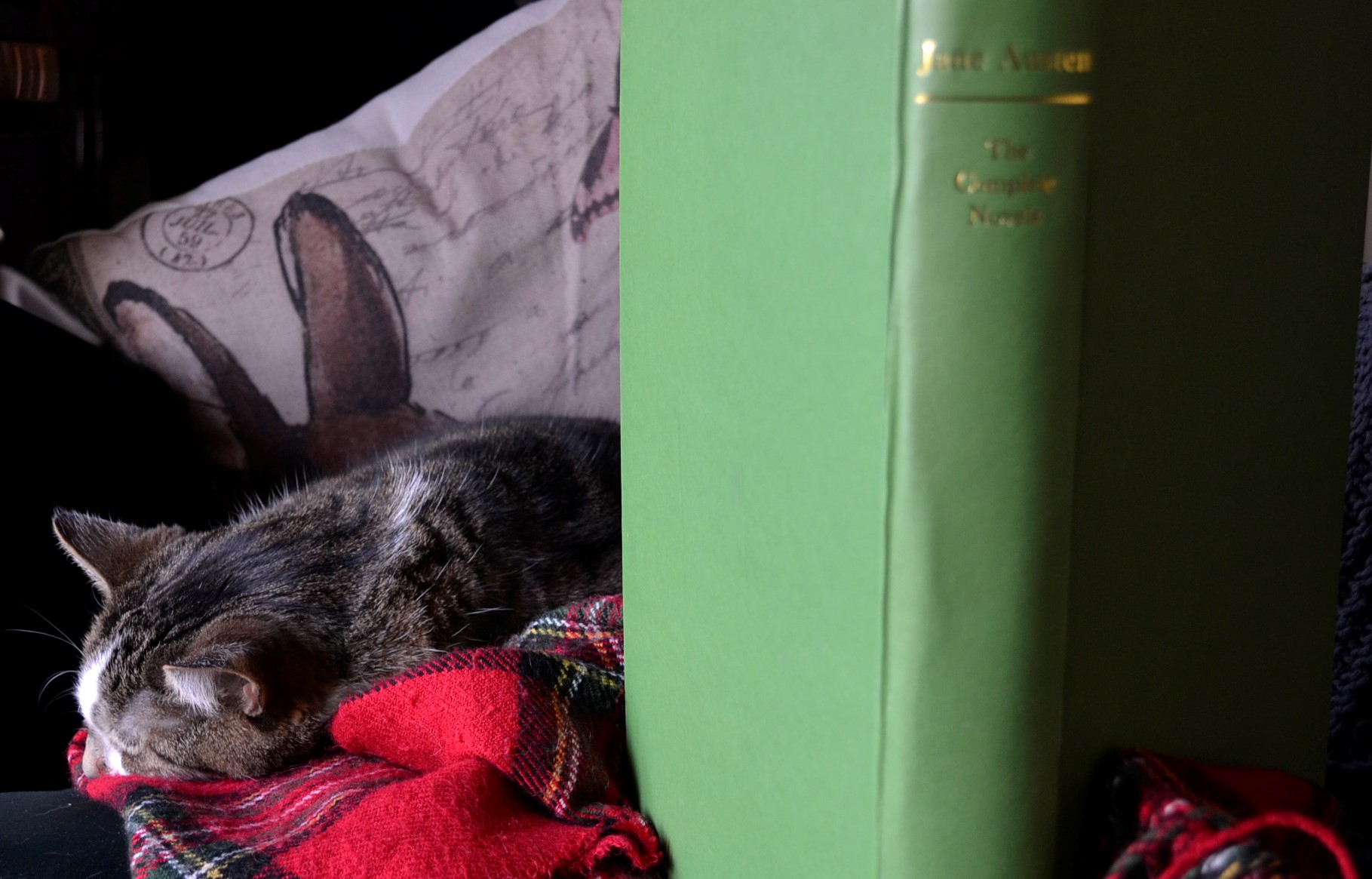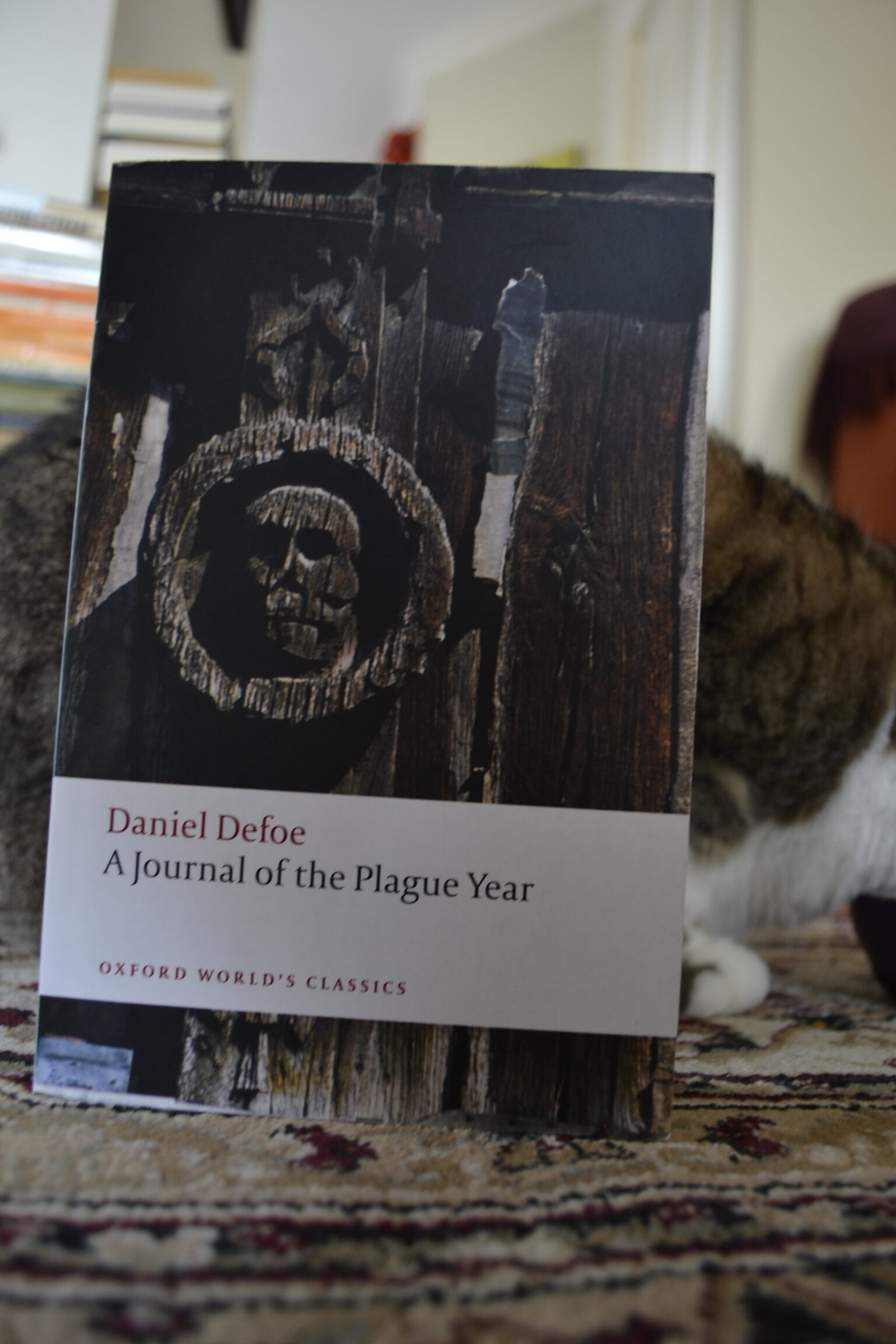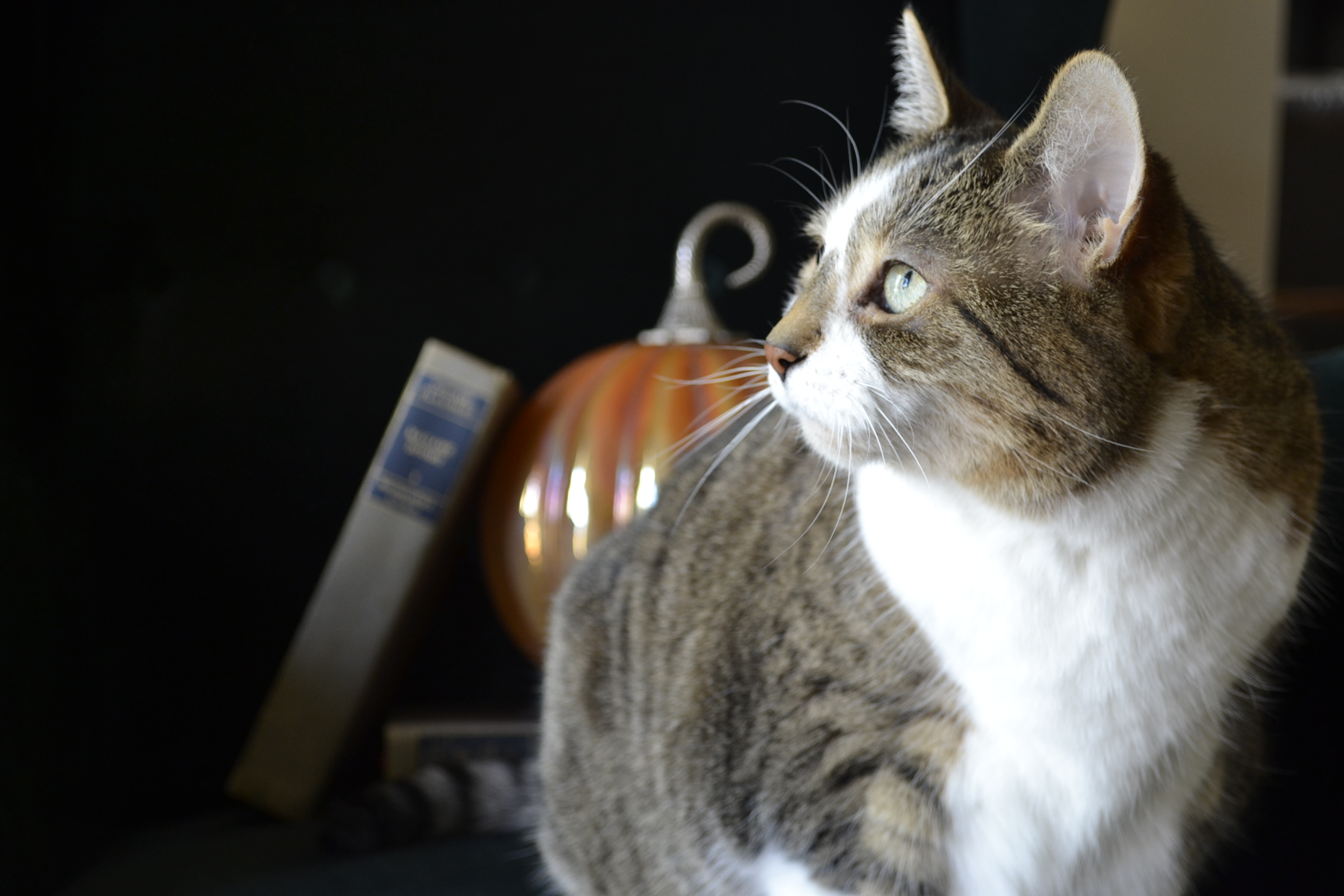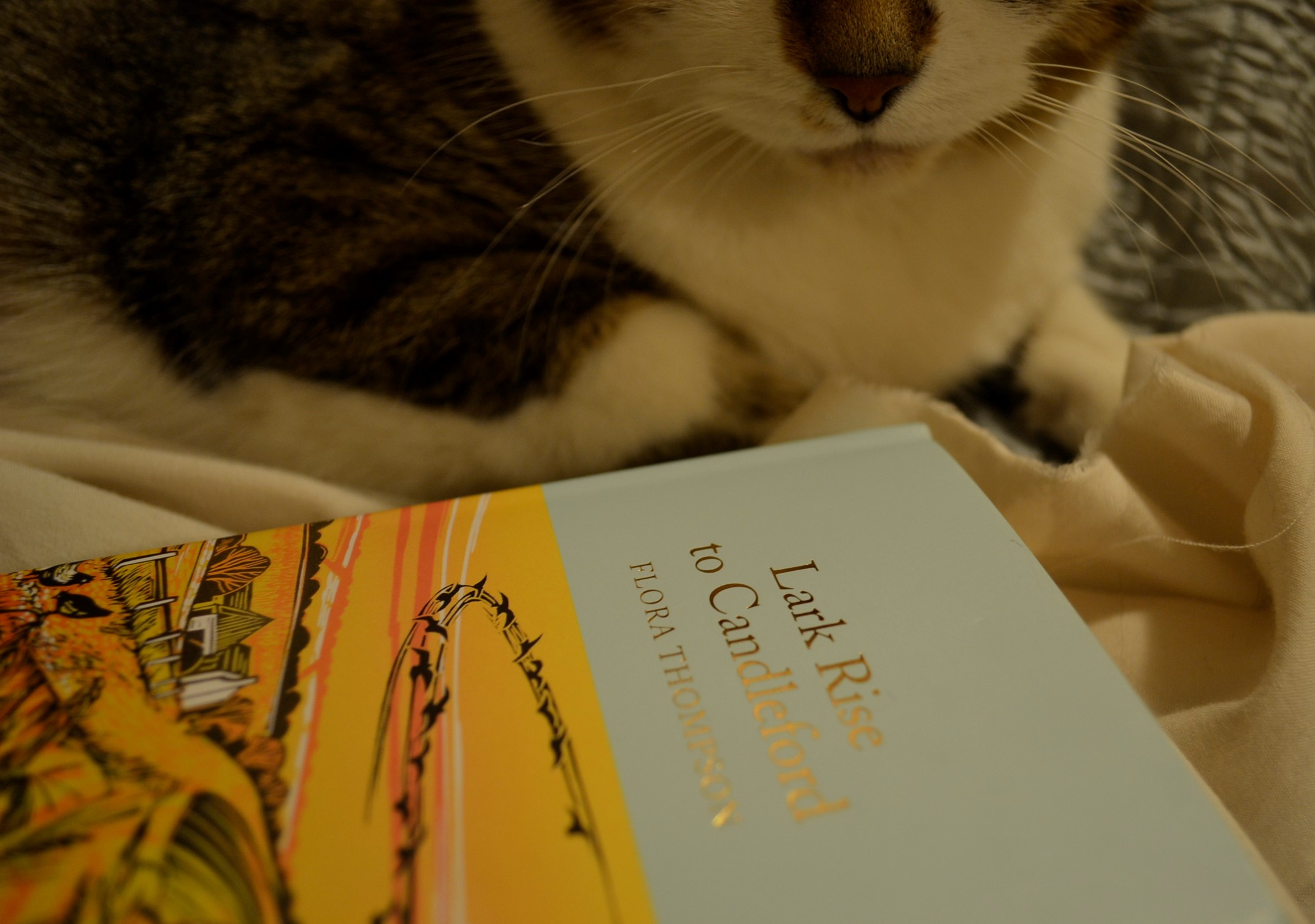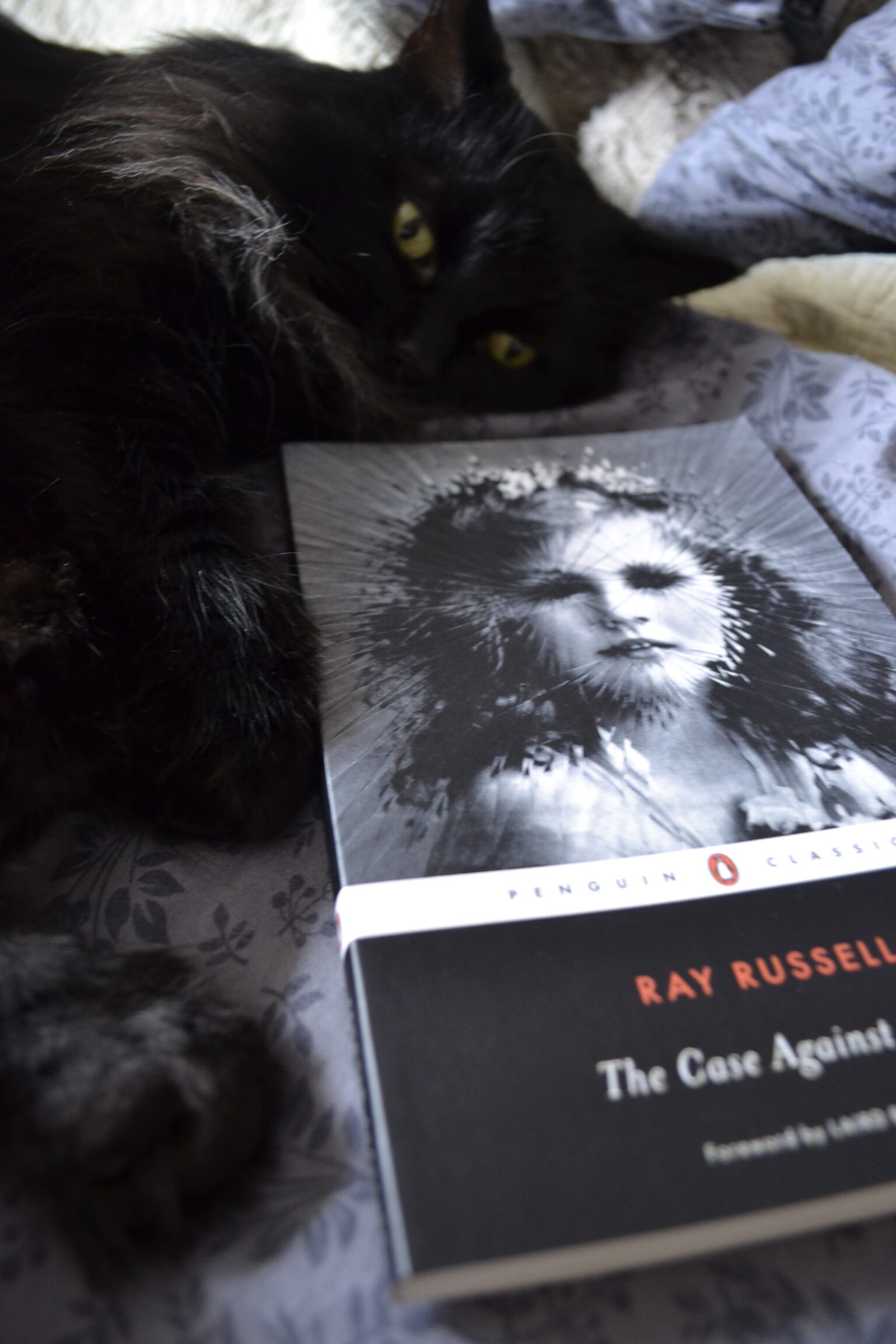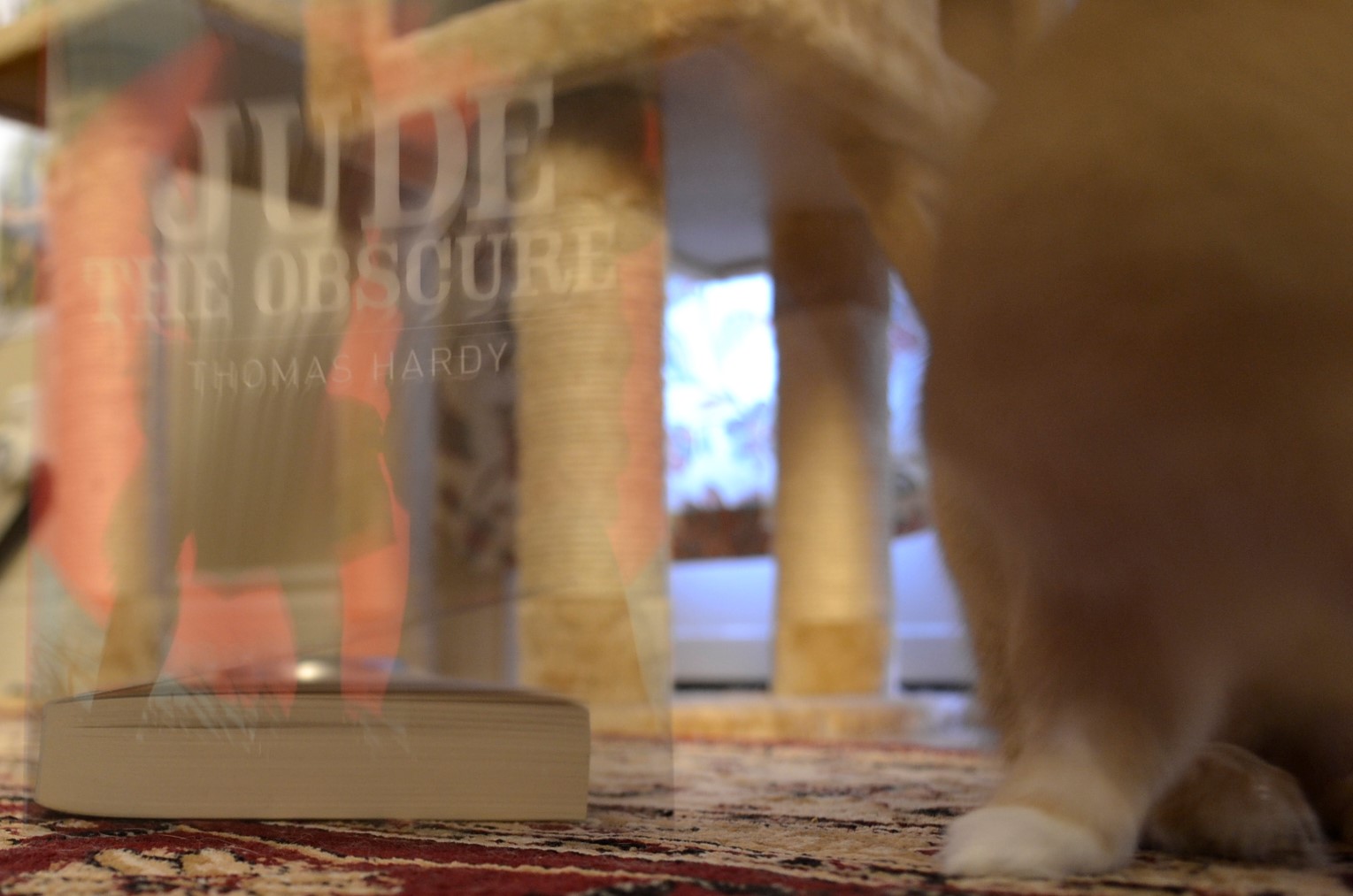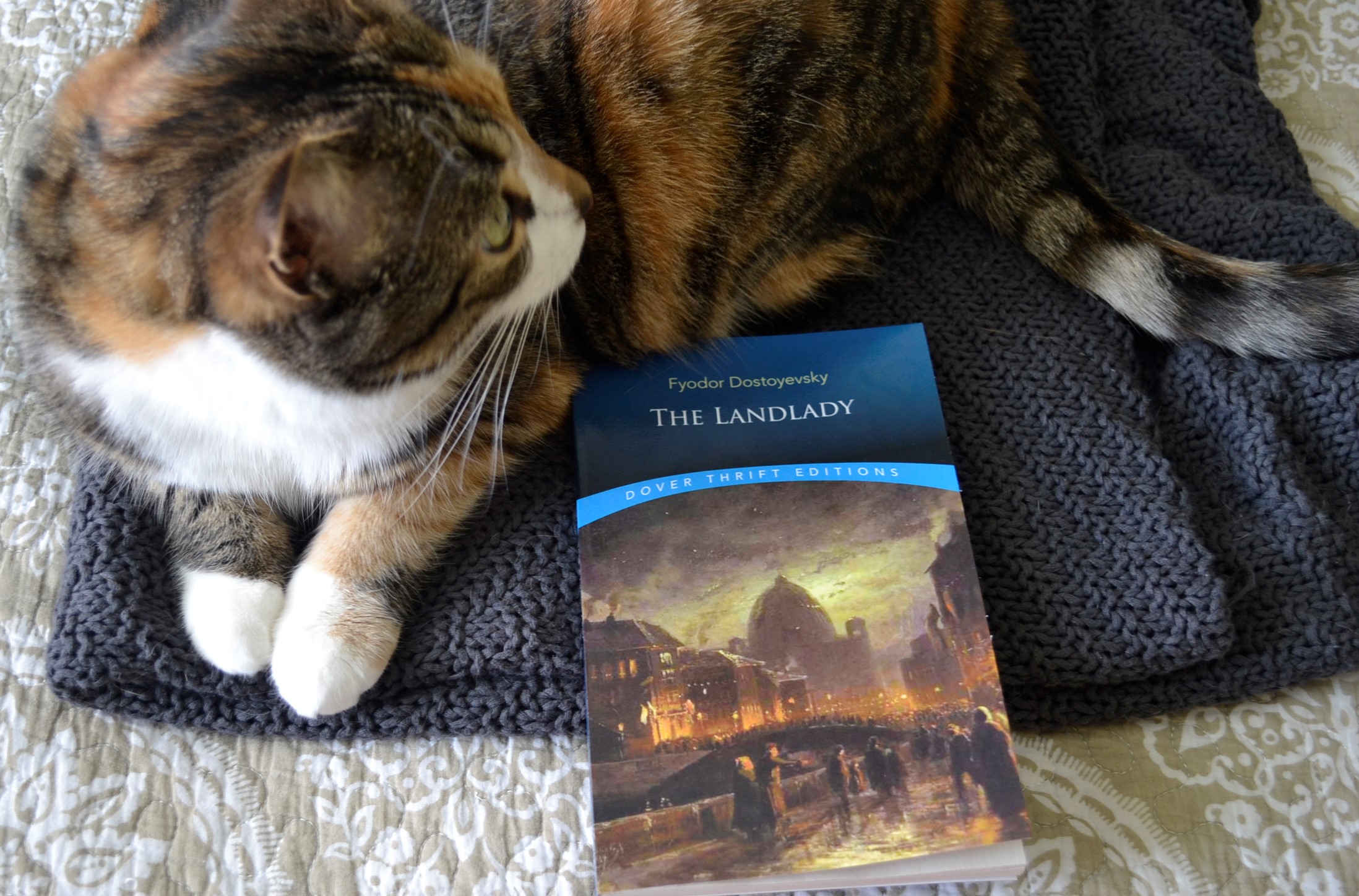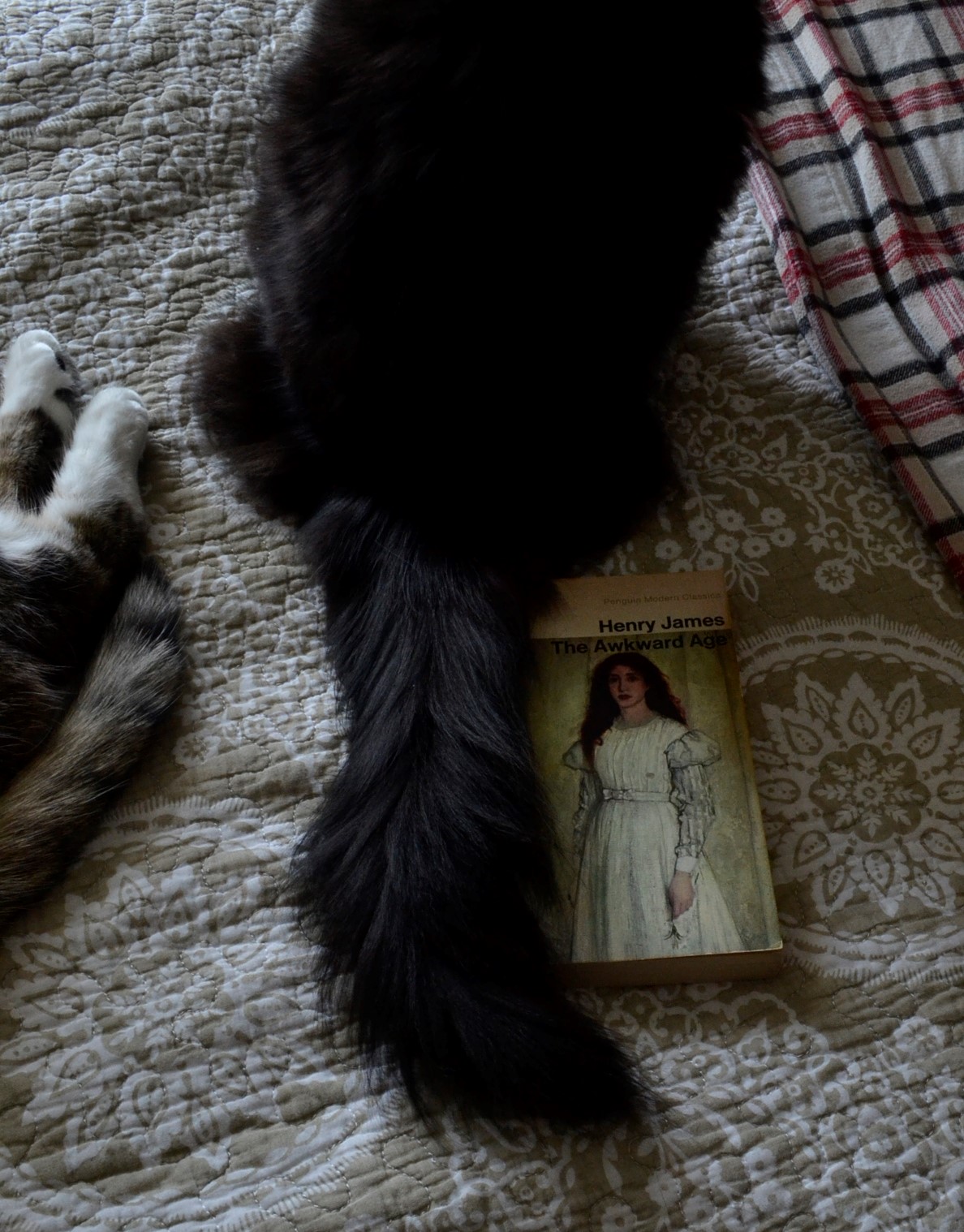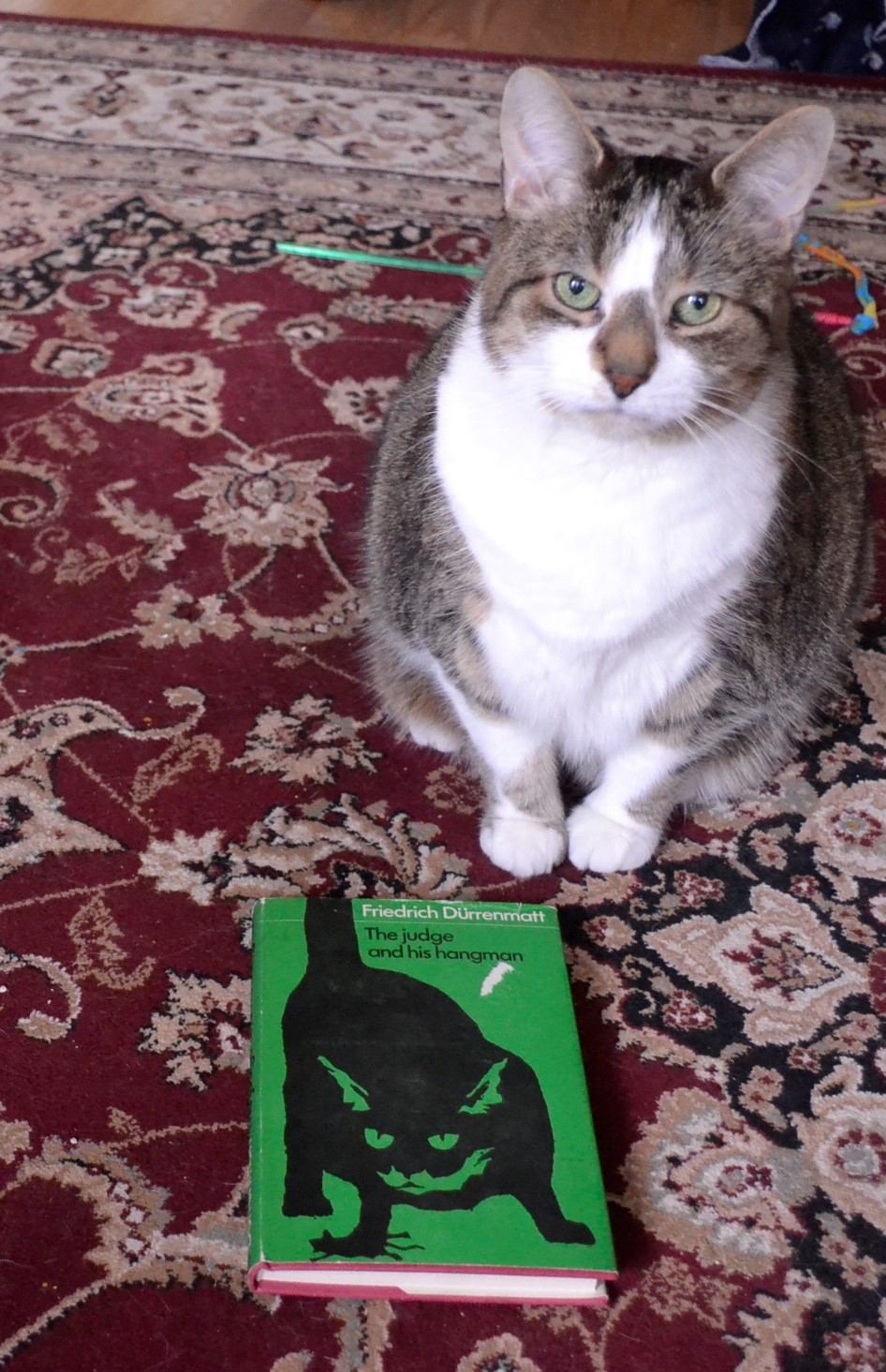Barometer Rising
It’s a book about many things: Canada’s struggle for identity as a sovereign nation with a complex relationship to Britain and British politics, the psychological and physical impacts of war, the differing attitudes of different strata of society towards the war overseas. I always find Can Lit particularly provides an atmosphere where this kind of multi-layered complexity flourishes. This is a review of Hugh MacLennan’s Barometer Rising.
